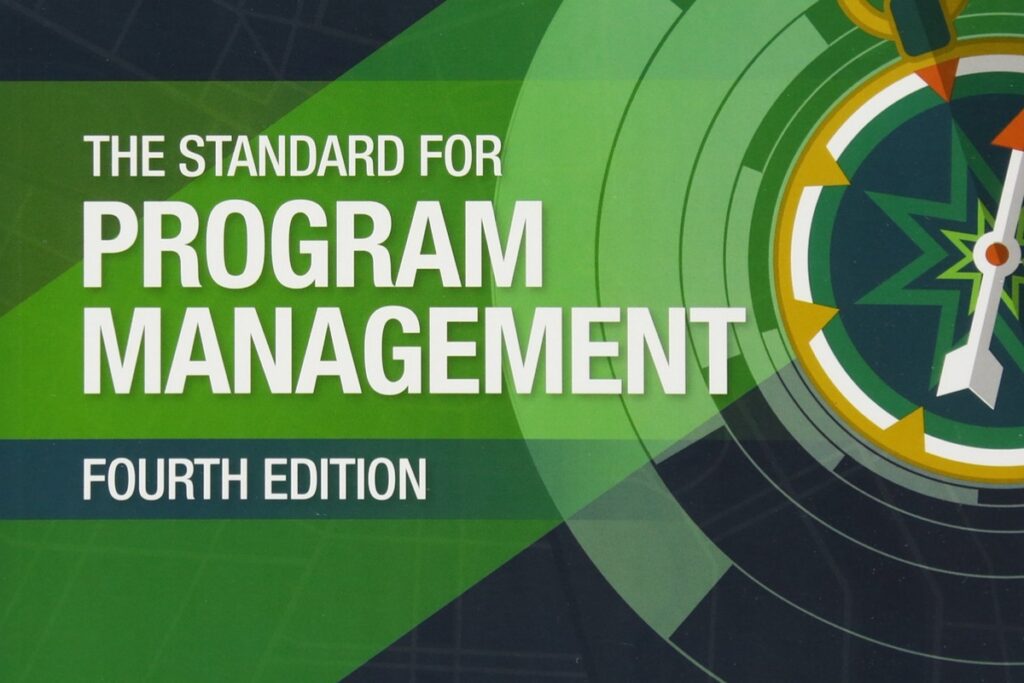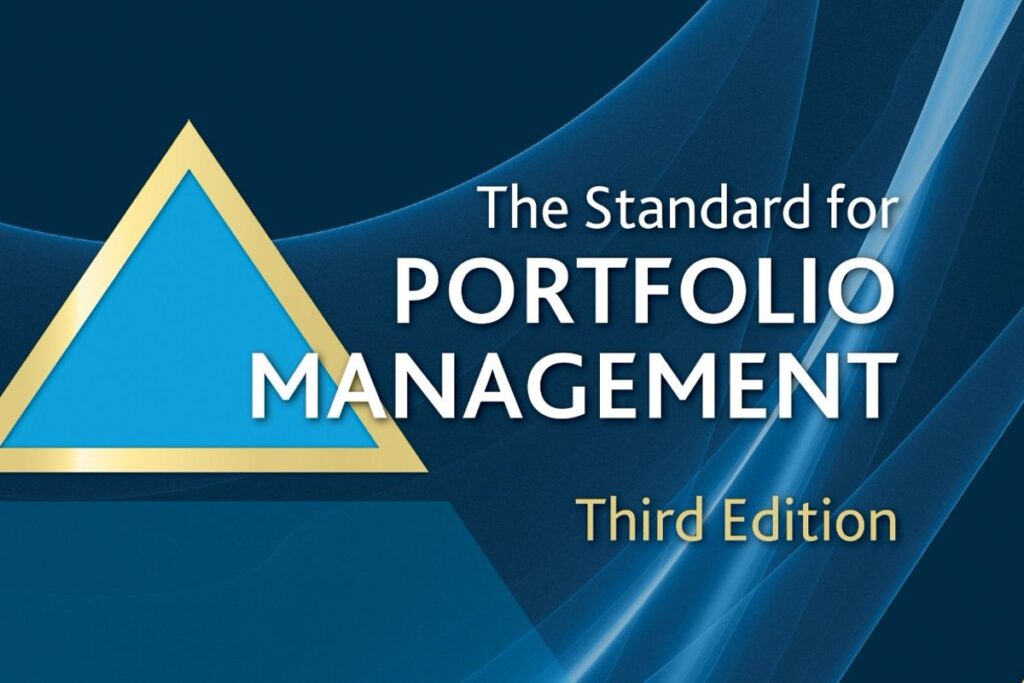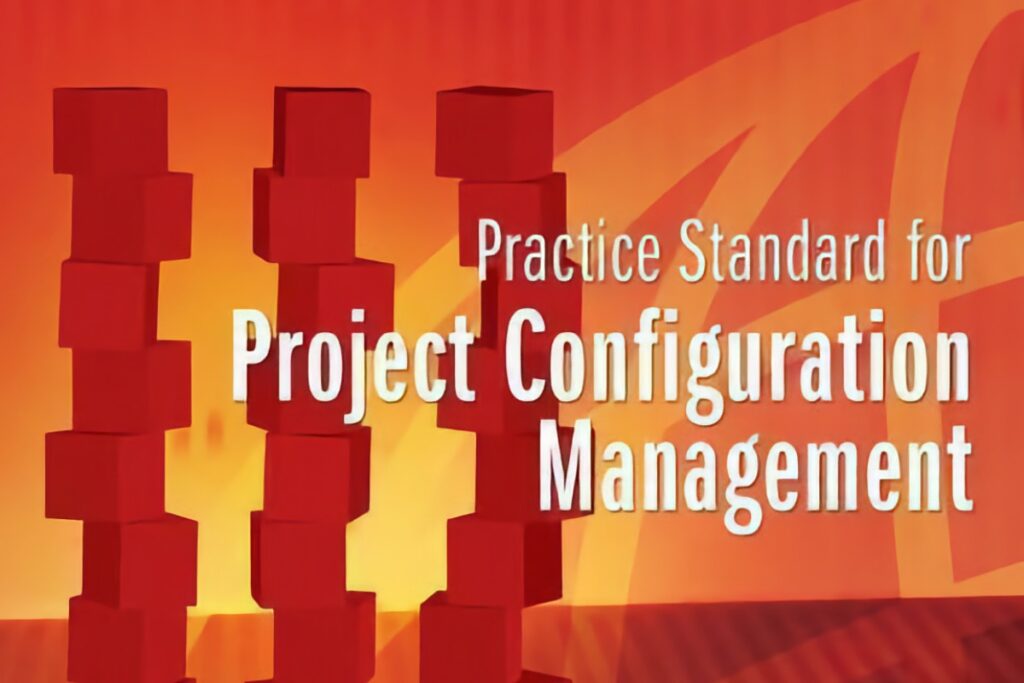As project complexity increases and organizations pursue strategic transformation, the need for structured program management has never been greater. The PMI Standard for Program Management (Fourth Edition) answers this call by providing a comprehensive framework for managing programs—groups of related projects managed in a coordinated manner to achieve benefits not attainable if managed separately.
This review explores the key structure, strengths, and practical applications of the standard, and evaluates its continued relevance in today’s fast-evolving project ecosystem.
What Is Program Management?
Program management sits between projects and portfolios. While a project delivers a product or service, and a portfolio aligns initiatives with organizational strategy, a program ensures that a collection of interdependent projects is executed in a coordinated way to deliver strategic benefits.
The PMI standard defines a program as “a group of related projects, subsidiary programs, and program activities managed in a coordinated manner to obtain benefits not available from managing them individually.”
Structure of the Standard
The Fourth Edition is structured around three core domains and their associated principles:
- Program Strategy Alignment
- Ensures the program supports organizational goals and strategy.
- Includes business case development, program roadmap, and program charter.
- Program Benefits Management
- Focuses on the identification, analysis, delivery, and sustainment of measurable benefits.
- Encourages program managers to go beyond outputs and drive value realization.
- Program Governance
- Establishes the oversight function to ensure compliance, accountability, and performance.
- Covers program lifecycle management, stakeholder engagement, and governance roles.
Additionally, the standard addresses supporting activities like stakeholder management, resource coordination, integrated risk and issue management, and performance monitoring.
Key Strengths
✅ Benefit-Driven Focus
The standard rightly shifts attention from delivering outputs to achieving strategic business benefits, helping organizations prioritize value.
✅ Strategic Alignment
It highlights the program’s role in translating strategic objectives into operational results, making it ideal for large-scale transformation efforts.
✅ Clear Roles and Responsibilities
Provides a defined governance model with roles such as:
- Program Manager
- Program Sponsor
- Governance Board
- Functional Managers
✅ Lifecycle Model
The program lifecycle stages—Initiating, Planning, Executing, Controlling, and Closing—offer structured progression with integrated oversight.
✅ Scalable and Industry-Agnostic
The standard is methodology-neutral and scalable across sectors: IT, construction, healthcare, defense, and public sector.
Weaknesses and Limitations
❌ Limited Agile-Specific Guidance
Although adaptable, the standard doesn’t offer robust guidance on agile program management or scaled agile frameworks like SAFe or LeSS.
❌ Complexity for Smaller Organizations
The governance-heavy approach may be too resource-intensive for small companies or lean teams managing only a few projects.
❌ Lack of Case Studies
The text is largely conceptual. Real-world examples or case studies could help translate theory into practice.
Use Cases
Best suited for:
- Large enterprises managing strategic transformation programs
- Government and defense sectors with strict compliance and oversight
- Organizations operating in high-risk or multi-year environments
- PMOs expanding from project to program-level coordination
Less suited for:
- Small businesses or startups with minimal inter-project dependencies
- Fully agile teams requiring lightweight, sprint-driven governance
- Teams focused on product innovation over structured delivery
Comparison: Program vs. Project Management
| Feature | Project Management (PMBOK 6) | Program Management (PMI Standard) |
|---|---|---|
| Primary Focus | Deliver a unique output | Achieve strategic benefits |
| Scope | Defined and limited | Broad and evolving |
| Timeframe | Temporary | Longer-term |
| Success Metric | On-time, on-budget delivery | Value realization and strategic alignment |
| Governance | Project sponsor and manager | Governance board and program manager |
| Risk Approach | Project-specific | Aggregated and interrelated risk management |
Conclusion
The PMI Standard for Program Management is a mature, strategic framework that elevates the role of project professionals in delivering value at scale. It formalizes the bridge between tactical execution and enterprise objectives, ensuring benefits are planned, realized, and sustained.
For PMOs, program managers, and senior stakeholders navigating complex, multi-project environments, this standard provides a trusted blueprint for achieving transformative outcomes. However, to stay future-ready, practitioners may need to supplement it with agile scaling frameworks and adaptive governance models.
In the landscape of professional project standards, this document remains essential reading for those looking to manage not just projects, but the future.




